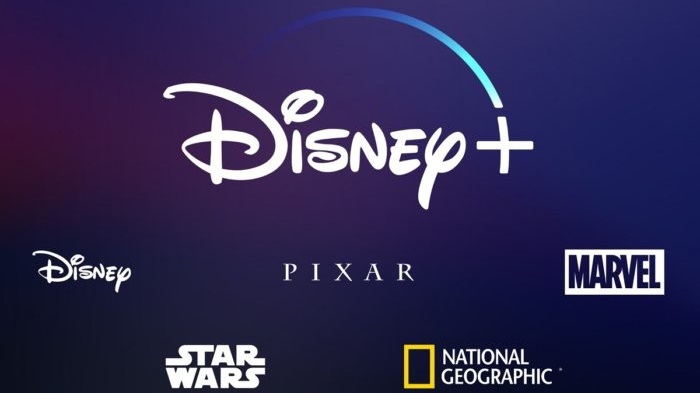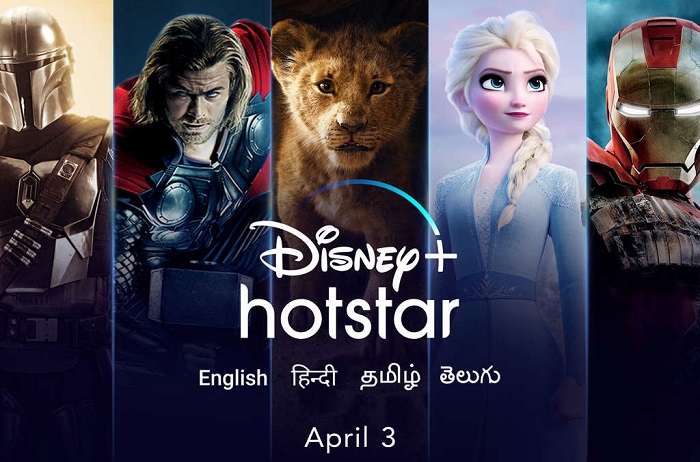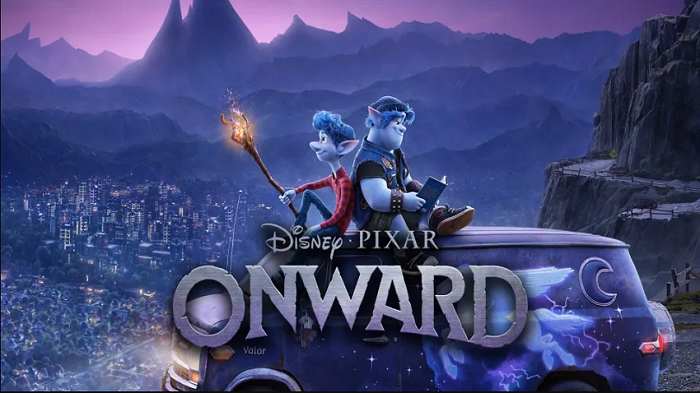 The Walt Disney Company has been adversely affected due to the COVID-19 pandemic and witnessed a major dip in the profit as a consequence of the worldwide lockdown.
The Walt Disney Company has been adversely affected due to the COVID-19 pandemic and witnessed a major dip in the profit as a consequence of the worldwide lockdown.
Disney executive chairman and chairman of the board Bob Iger said in the Q2 earnings call, “Like so many other companies and industries, the pandemic has hit us hard. As someone who has been around for a while and led this Company through some really tough days over the last 15 years, including economic downturns, natural disasters and other unforeseen events, I have absolute confidence in our ability to get through this challenging period and recover successfully. The Walt Disney Company has demonstrated repeatedly over its nearly 100-year history that it is exceptionally resilient and I believe this time will be no different.”
While the House of Mouse faced widespread disruption like many other organisations across the world, it’s streaming service, Disney+ that launched in November 2019 in the US has seen an enviable increase in the numbers during the lockdown.
The streaming service has seen a rapid growth in subscribers, which stands at 54.5 million as of 4 May, adding 21 million subscribers in less than two months.
Disney senior executive vice president and chief financial officer Christine M McCarthy said in Q2 (ending 28 March) earnings call that since they continued launches in several markets between quarter end, the subscriber numbers have also increased significantly. She also added the subscriber mix is similar to that of 8 April when the service surpassed 50 million subscribers globally.

“At our direct-to-consumer international segment, operating losses were $427 million higher due to the cost incurred for the online launch of Disney+ around the world and consolidation of Hulu. Disney+ launched in the number of European markets in the world which contributed to a total paid subscriber base of 33.5 million at the end of the quarter and we are very happy with our successful roll out in Western Europe and India including the execution of previously announced deals with some European platforms to distribute the service to all paid subscribers on certain of the widely distributed tiers and in India to convert our pre-existing subscription based Hotstar service to Disney+Hotstar,” she said.
In India, the service was supposed to launch in March end in conjunction with the IPL 2020 which got cancelled due to the Coronavirus outbreak in the country. Disney+ launched in the country through Hotstar on 3 April 2020, rebranding into Disney+Hotstar, and garnered approximately eight million subscribers within a week as per numbers shared last month by the company.

The Walt Disney Company further added in a regulatory filing“, The Hotstar service in India was converted to Disney+ Hotstar, resulting in approximately eight million additional Disney+ paid subscribers. In general, wholesale arrangements have a lower average monthly revenue per paid subscriber than subscribers that we acquire directly or through third party platforms like Apple. In addition, the average monthly revenue per paid subscriber for Disney+ Hotstar is significantly lower than the average monthly revenue per paid subscriber in North America and Europe. As we will use our branded film and television content on the Disney+ service, we are forgoing certain licensing revenue from the sale of this content to third parties in TV/SVOD markets. In addition, we are increasing programming and production investments to create exclusive content for Disney+.”
The new Disney CEO Bob Chapek in his debut earnings call, was also elated over the successful roll out in Western Europe and India. Shared he, “I’m pleased to say that the response to Disney+ in particular has exceeded even our highest expectations. We have been thrilled with the performance of Disney+ since our initial launch in November, we have continued to expand in other markets. In late March as planned, despite COVID-19, we had an incredible launch in Western Europe followed by a highly successful launch in India. We announced in early April that in just five months, we had surpassed 50 million subscribers globally, a significant milestone for us. We’ve been quite pleased with the growth that we’ve seen in the four weeks since then and there is more to come.”

As announced on April 8, during the third quarter, the streaming platform exceeded 15 million paid subscribers. McCarthy added that higher legacy TV/SVOD results were driven by content sales to Disney+, including The Lion King, Toy Story 4, Frozen 2 and Aladdin, partially offset by a decrease in sales to third parties. She also mentioned that The 21 Century Fox studio business was a positive contributor in the quarter as higher operating income from TV/SVOD distribution more than offset an operating loss at worldwide theatrical and general and administrative costs.
“We expect our Direct-to-Consumer (DTC) and International segment to generate about $1.1 billion in operating losses for the third quarter and we expect the continued investment in our DTC services, in particular, Disney+ to drive an adverse impact on the year-over-year change in operating income of our DTC businesses of approximately $420 million,” McCarthy stated.
Disney’s overall average monthly revenue per paid subscriber for the second quarter stood at $5.63. Chapek noted that Disney+ will launch in Japan in June, followed by Belgium and Luxembourg. It will roll out in Portugal in September and Latin America towards the end of the year.

He also assured that the vast library of its regional content will continue to grow, as they will continue to make planned investments that they always had into programming to drive subscription rate and retention.
Continued he, “This robust collection of library and original content available on Disney+ continues to grow, including with Disney’s Frozen 2 and Pixar’s Onward, which were released early as a special offering for families as they shelter at home. The SVOD premier of Episode IX-The Rise of Skywalker and the new behind the scenes documentary about the making of one of Disney+’s most successful series The Mandalorian along with the fall premiere of National Geographic’s original series, The Right Stuff, based on the book by Tom Wolfe about NASA’s project Mercury.”

In the Q&A session post the earnings call, an analyst of JP Morgan and Chase enquired whether Disney will try launching a new premium VOD window to see if it can replace some of the theatrical revenue that might be lost. Answering to that question, Chapek stated that they’re going to evaluate each of their movies on a case-by-case situation as they are doing right now during this pandemic. With Artemis Fowl getting a direct-to-web release on Disney+ given the demographics of appeal of that film, which was not originally the plan, Disney will check the reception of it on the streaming platform, yet is very much confident of the power of that launch platform for its big movies.


